Organic Gardening – Guide To Starting Seeds Indoors
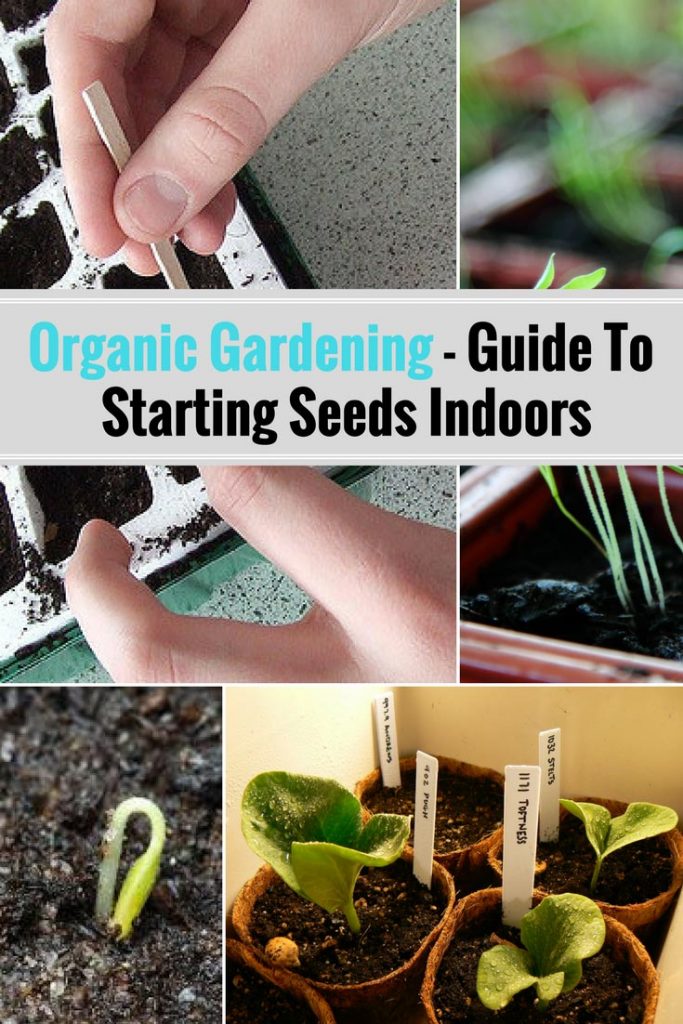
Starting plants from seed is the most strategic and economical way to grow a vegetable garden. By starting seeds indoors, you give your plants a head start that produces an earlier, and longer, harvest than waiting to plant until the ground is warm. This technique is particularly helpful for tender crops like tomatoes, squash, and peppers. This video provides a roadmap to help you successfully raise healthy plants from seed. In addition to guiding you through the top tips of planting from seed, we also illustrate how our online Garden Planner can help you determine a timeline for starting seeds in your local area.
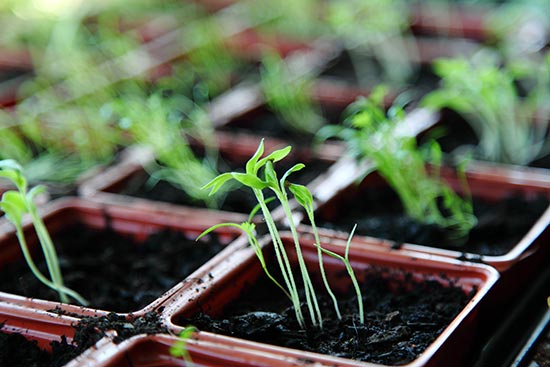
Seeds require certain conditions in order to grow. Use good quality, fine, moisture retentive soil. It is crucial that seeds not dry out or become waterlogged. You must also provide sufficient warmth for germination. Once your seeds have germinated, it is time to transfer them to somewhere with good, strong light. A common mistake is to place them on a windowsill, which makes for leggy seedlings that struggle to recover. Instead, try full spectrum grow lights to supplement light.
Organic Gardening – Guide To Starting Seeds Indoors
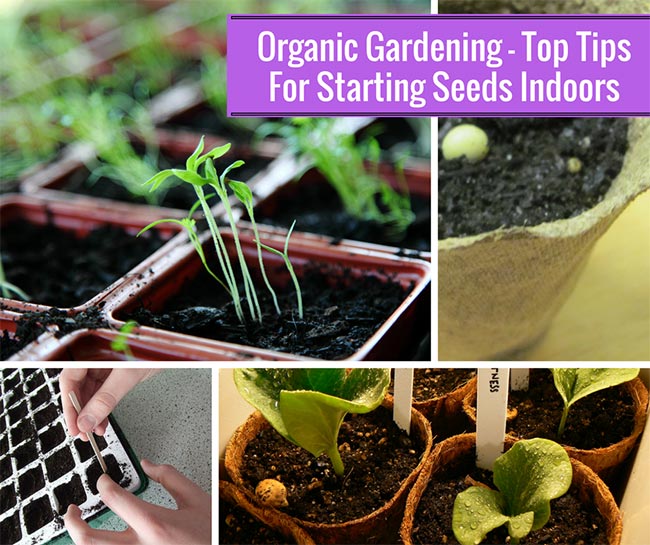
Use this online Garden Planner to help you start your seeds at the right time for your local area. Some crops can be sown earlier than others, while some should not be started indoors at all. Sow in batches every few weeks to stagger your harvests and to avoid losing your entire crop to unexpected weather conditions or pests.
Once your seedlings have sprouted their second set of leaves, you should gently transfer them into pots. Be careful not to damage the delicate capillaries in their stems and to minimize root disturbance. Many gardeners make the mistake of transplanting without labeling. Label your plants! It can be difficult to remember which is which later and different plants require different growing conditions once outdoors. Seedlings need intensive care. Another common mistake is simple neglect. Check them every day by touching the soil to make sure your seedlings have the right balance of moisture and air and be sure they are getting enough warmth and light.
Seedlings are fragile and going from controlled, indoor conditions to the outside world is too much of a shock all at once. For this reason, they require a process called “hardening.” Harden off plants gradually by introducing them to outside conditions for brief periods of time every day. This makes their stems stronger and acclimates them so that they can thrive once transplanted into your vegetable garden.
Starting seeds indoors is a straightforward process once you know the steps. You don’t have to be a master gardener to produce your own beautiful tomatoes and cucumbers. Simply follow the top tips outlined in this video and check out our online Garden Planner. It’s a wonderful resource for gardeners everywhere that digitally tracks weather conditions in your region to provide a planting timeline specifically tailored to you. You are well on your way to growing your own delicious vegetables and herbs from seed.
 Home and Gardening Ideas At home and Gardening ideas we believe inspiring readers about homesteading, self sufficiency
Home and Gardening Ideas At home and Gardening ideas we believe inspiring readers about homesteading, self sufficiency


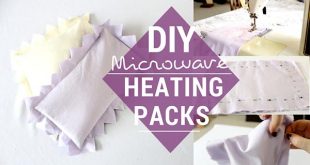
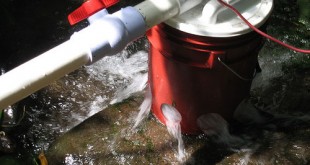


One comment
Pingback: Guide To Starting Seeds Indoors